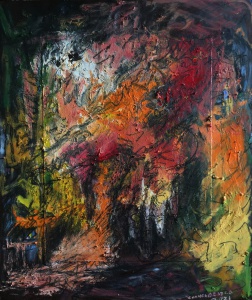Communicative treatment from the Granma newspaper to the social revolts in Egypt and Libya in 2011
Published 2023-12-23
Keywords
- social revolt,
- Egypt,
- Libya,
- Granma,
- communicative treatment.
How to Cite
Abstract
This study set out to characterize the communicative treatment of the official organ of the Communist Party of Cuba, Granma, to the social unrest of 2011 in Egypt and Libya. Based on the content analysis of 104 papers, including articles by politician Fidel Castro Ruz, the treatment of the Egyptian and Libyan movements was compared. According to the newspaper, the fight against the circles of power in both countries did not enjoy the same authenticity: the cause of the Egyptian people against a right-wing government (an ally of the United States and Israel) was just; in Libya, the protest movement was subverted. The issue was deliberately worked from a hierarchy of the news, with a strong emphasis on the conflict, the violent nature of the confrontations, and the resulting political rearrangements.

